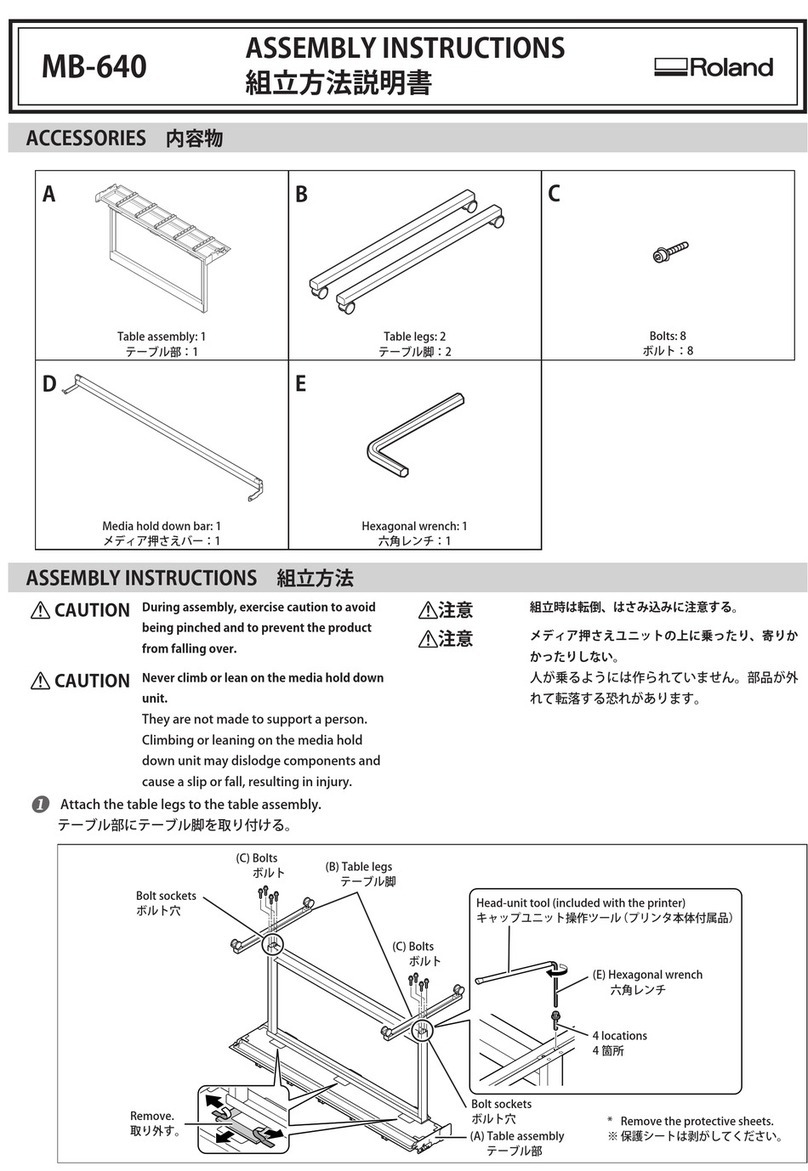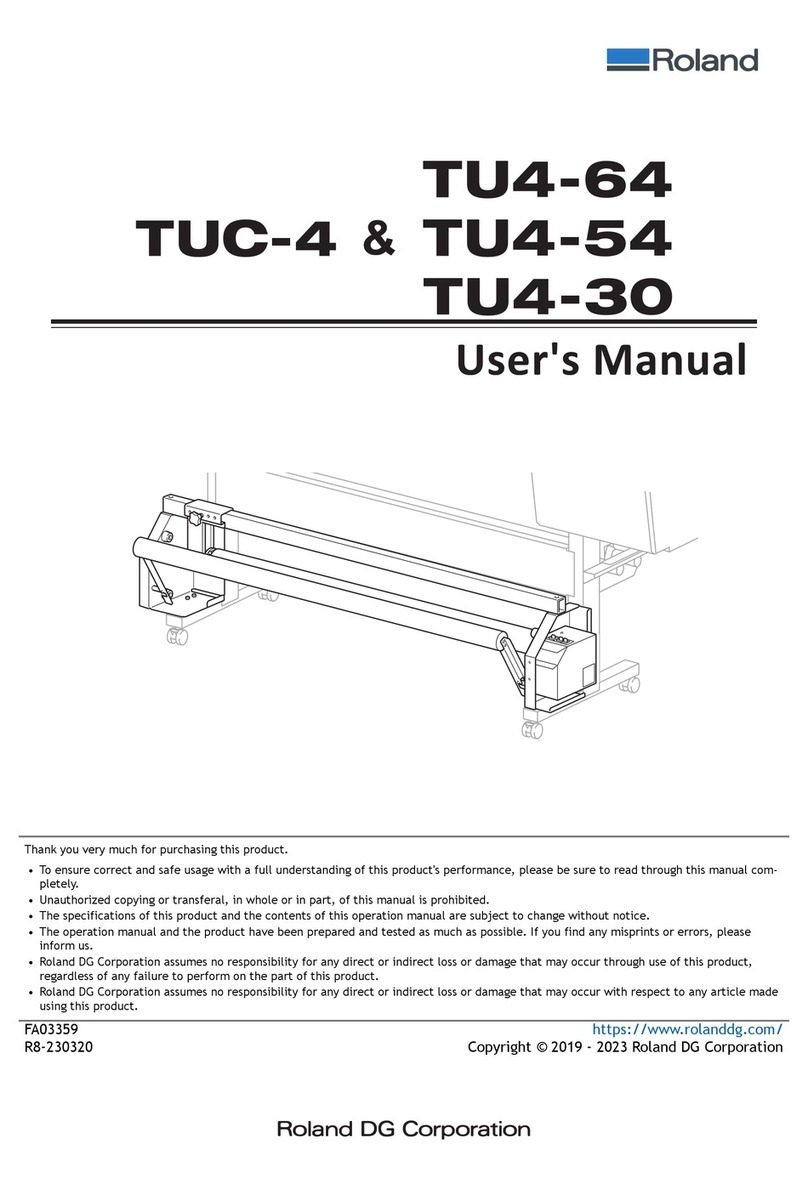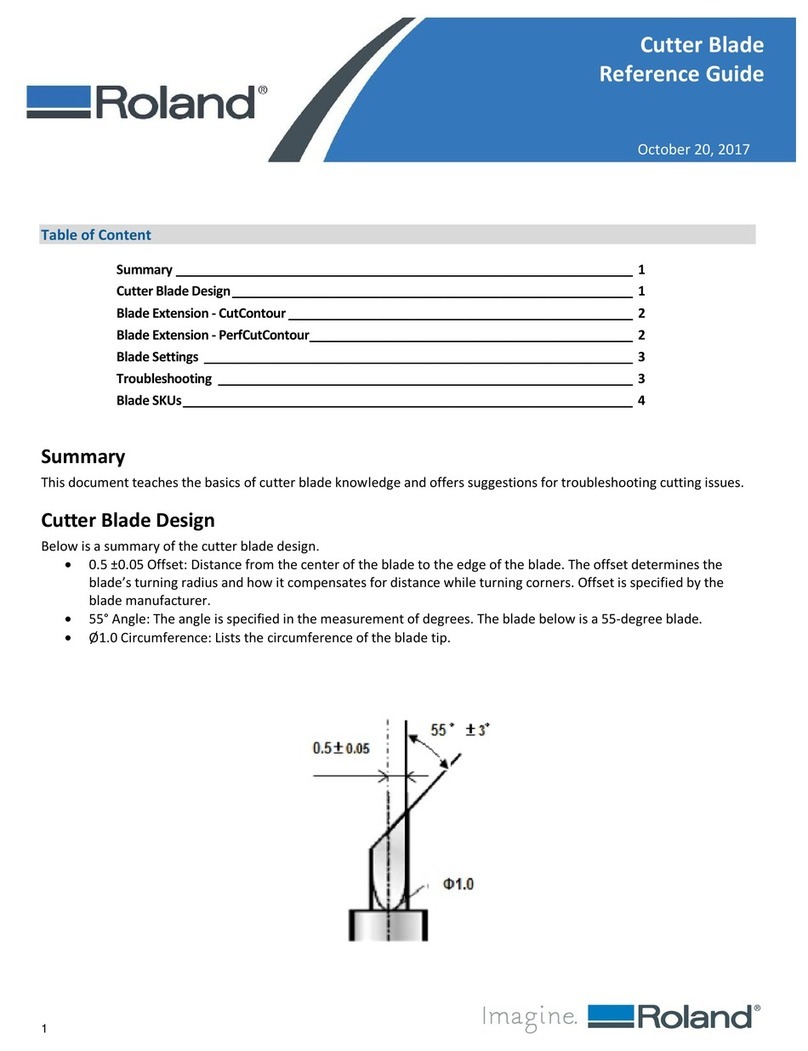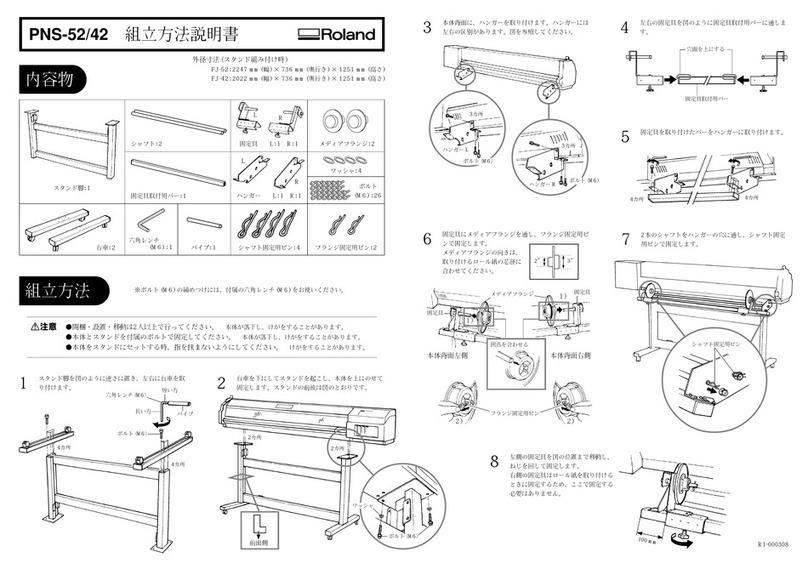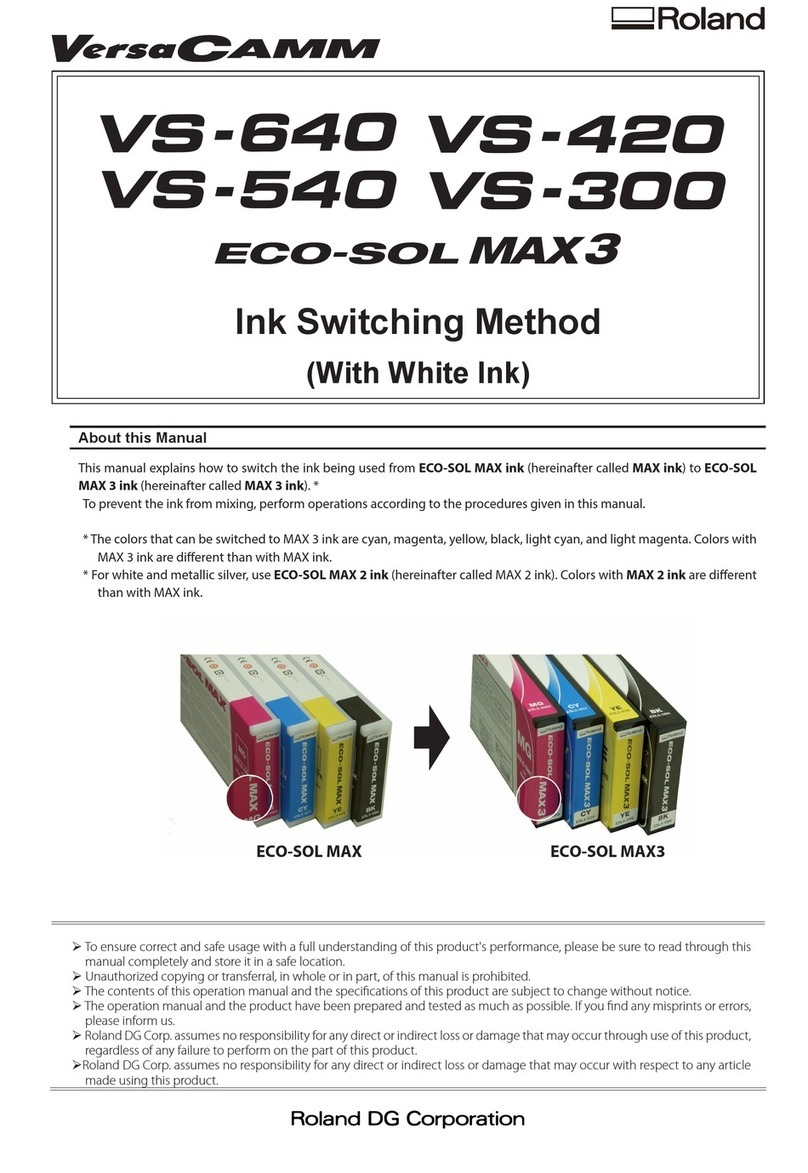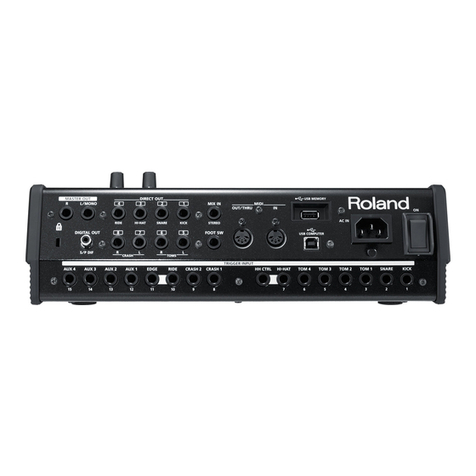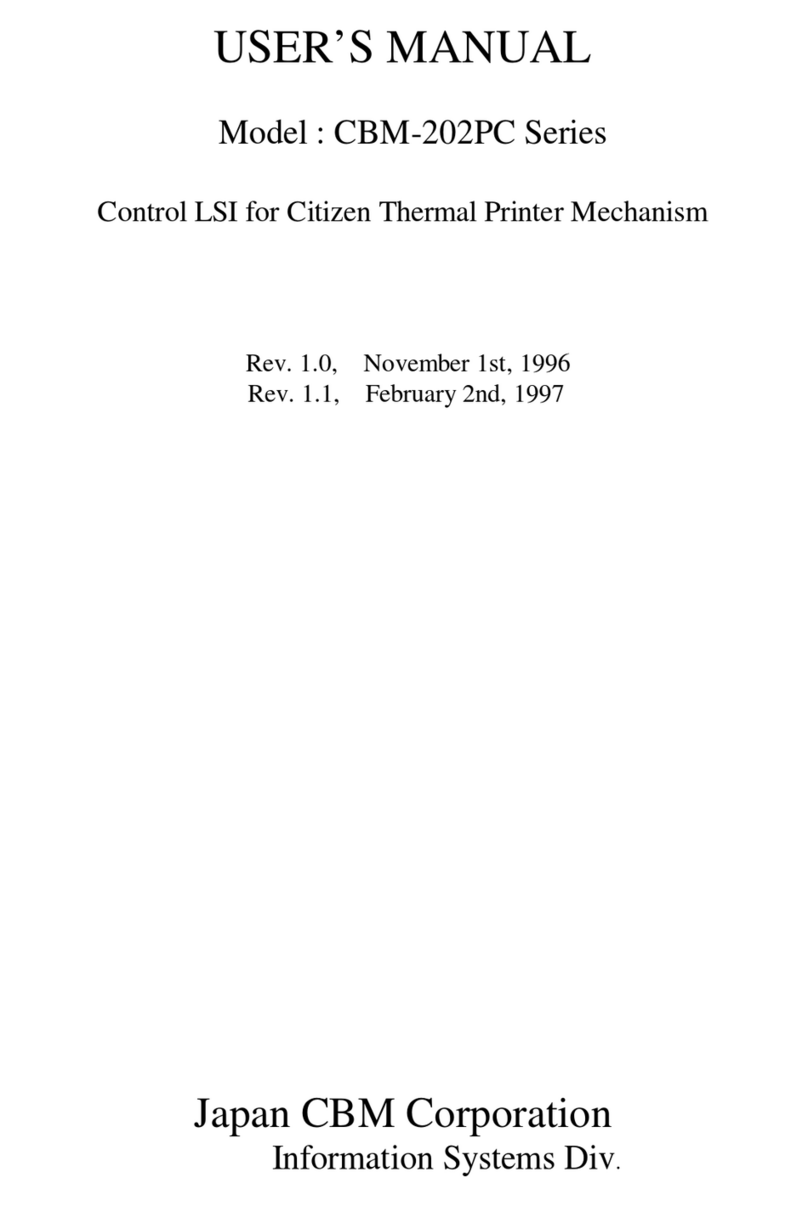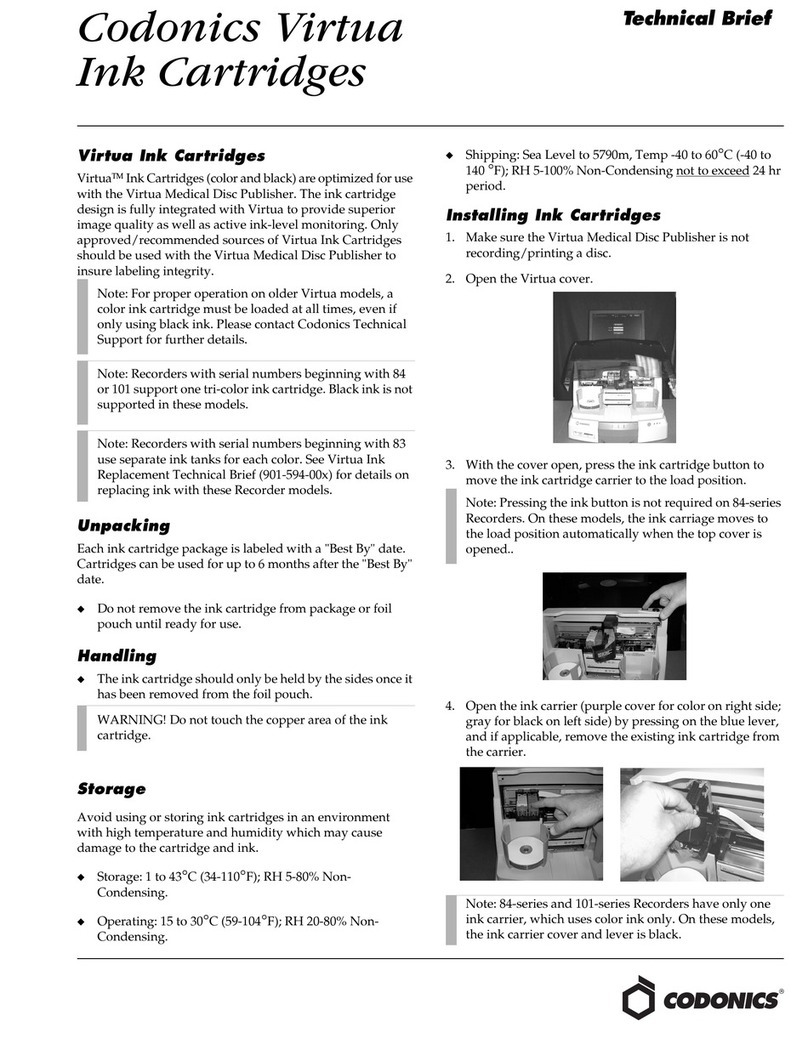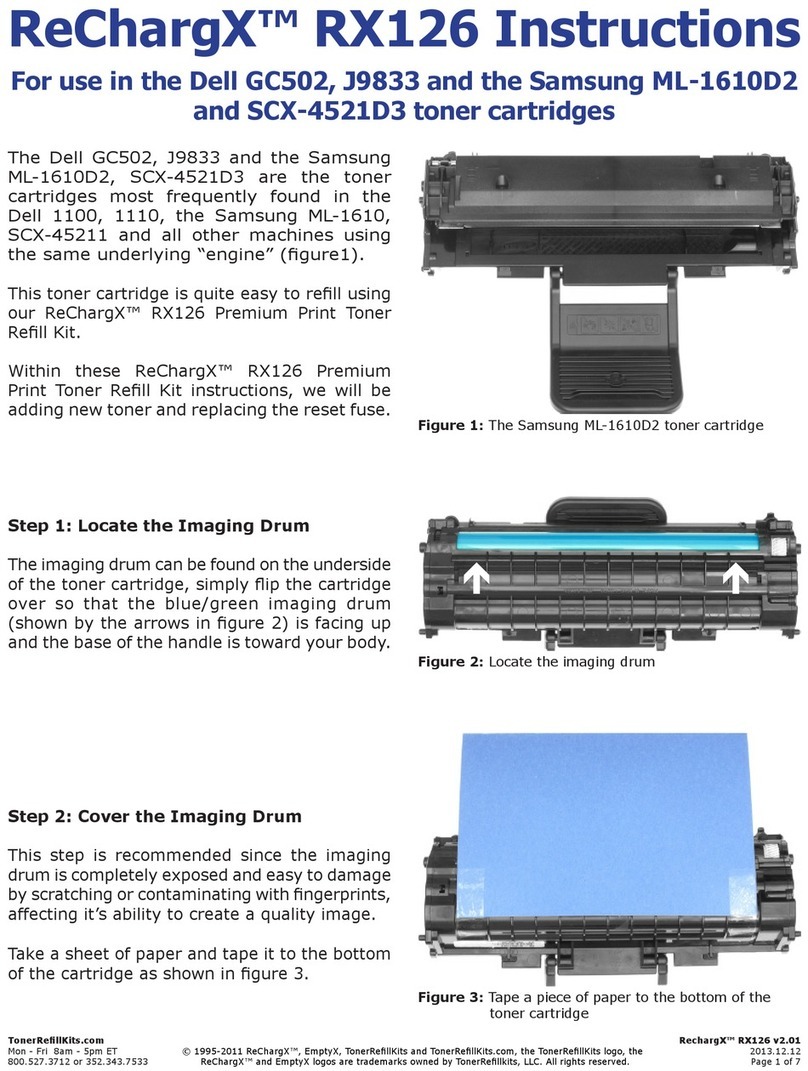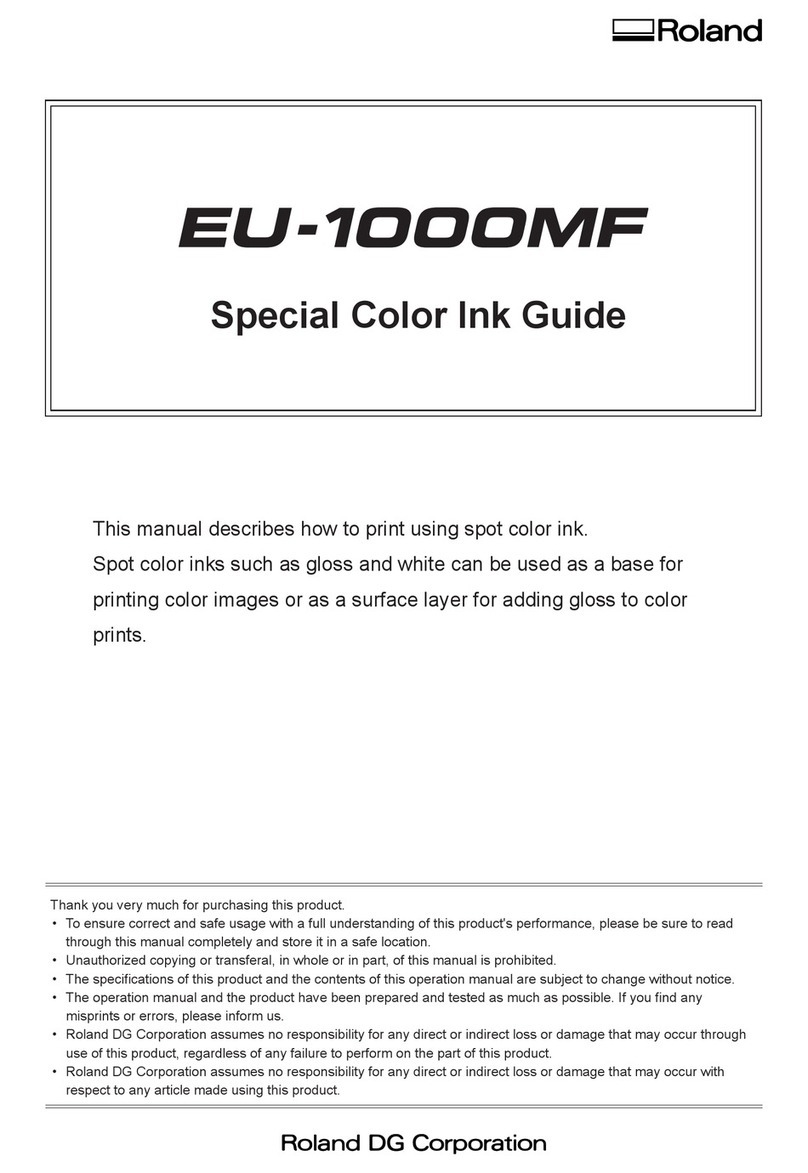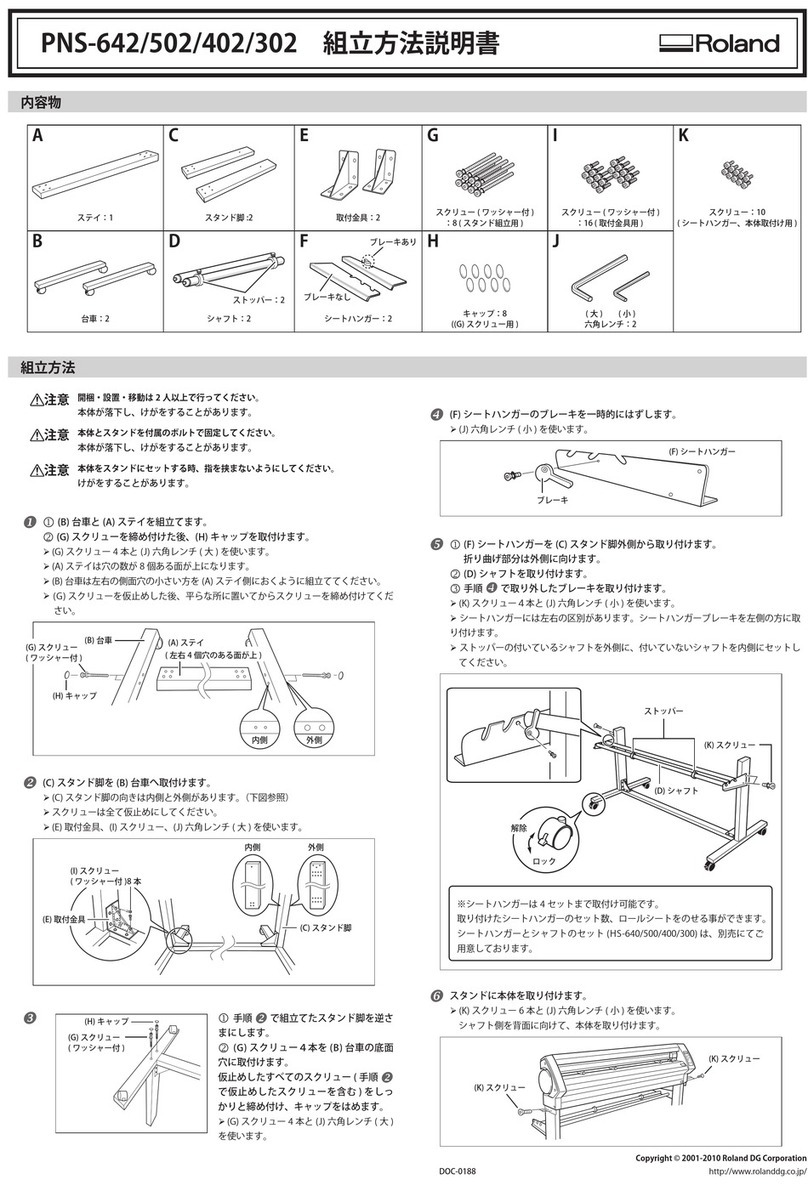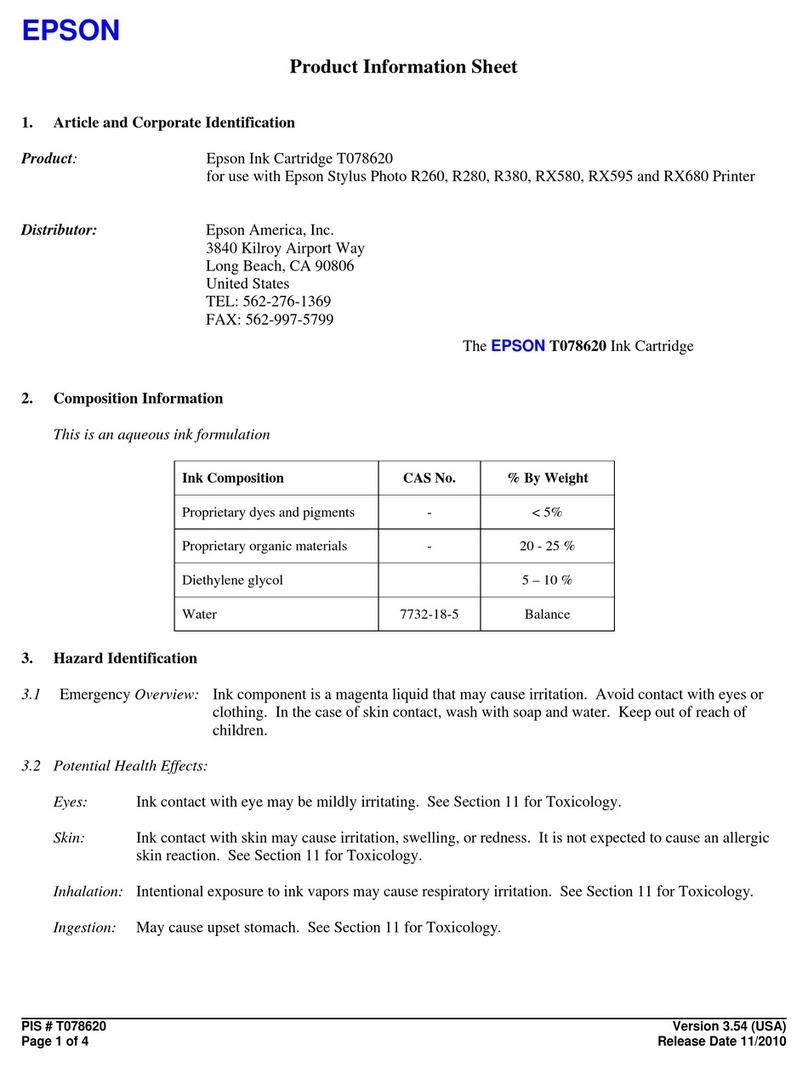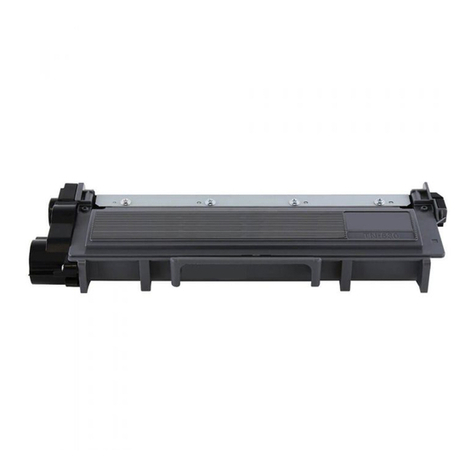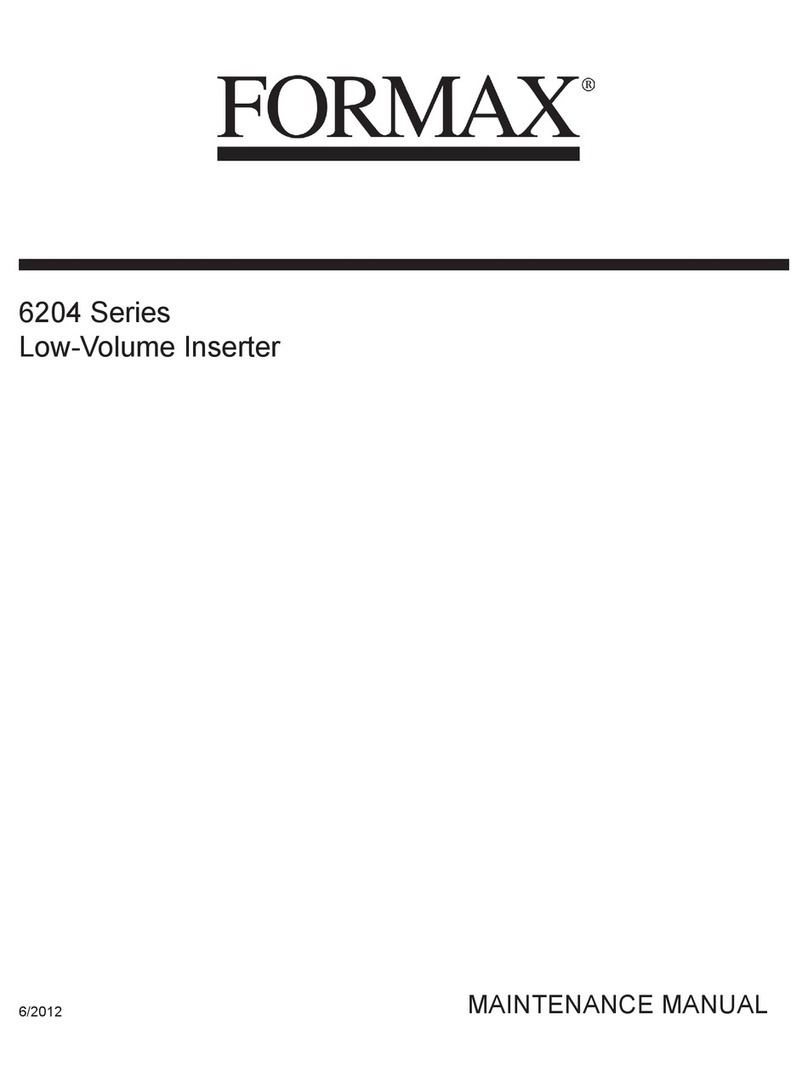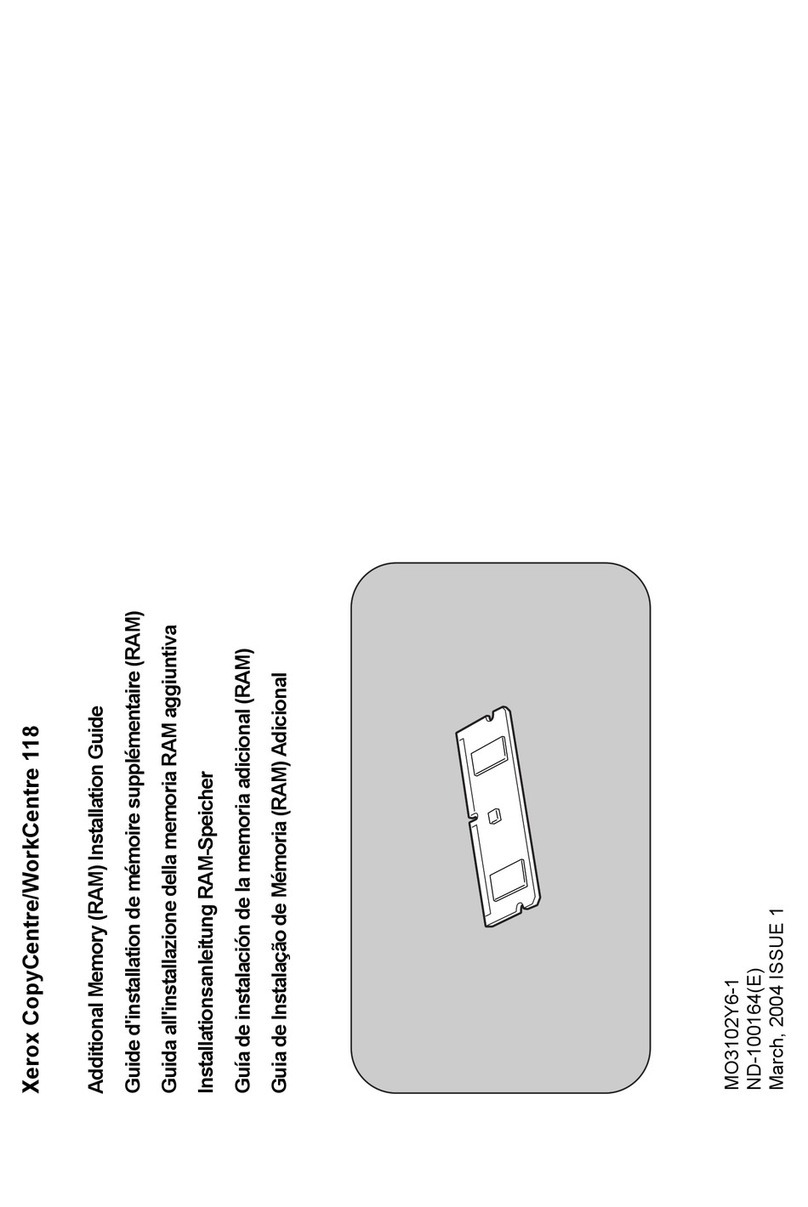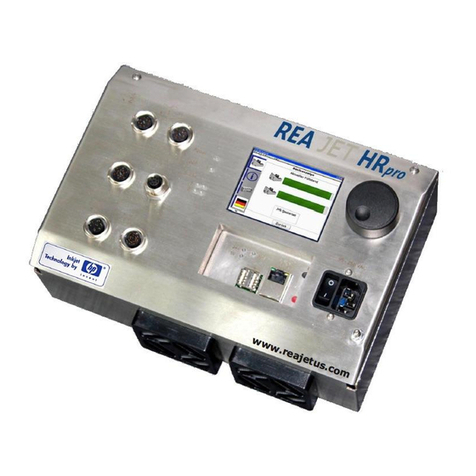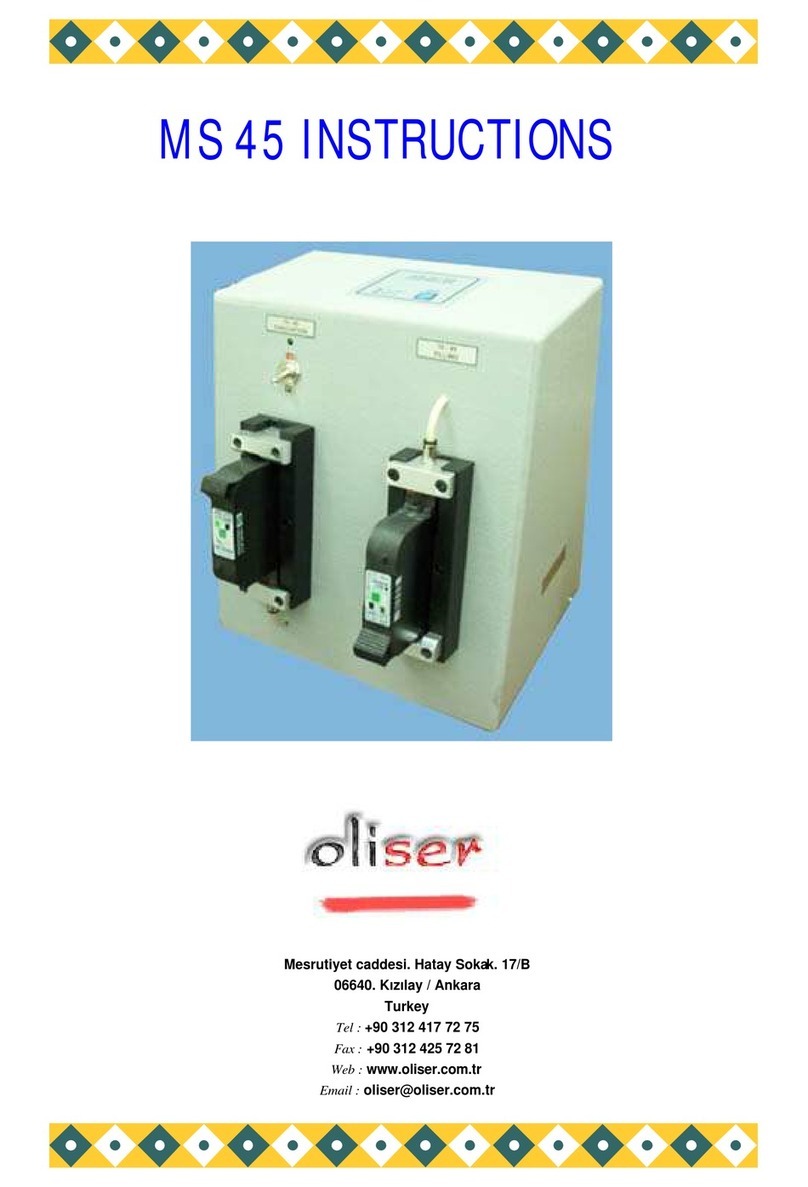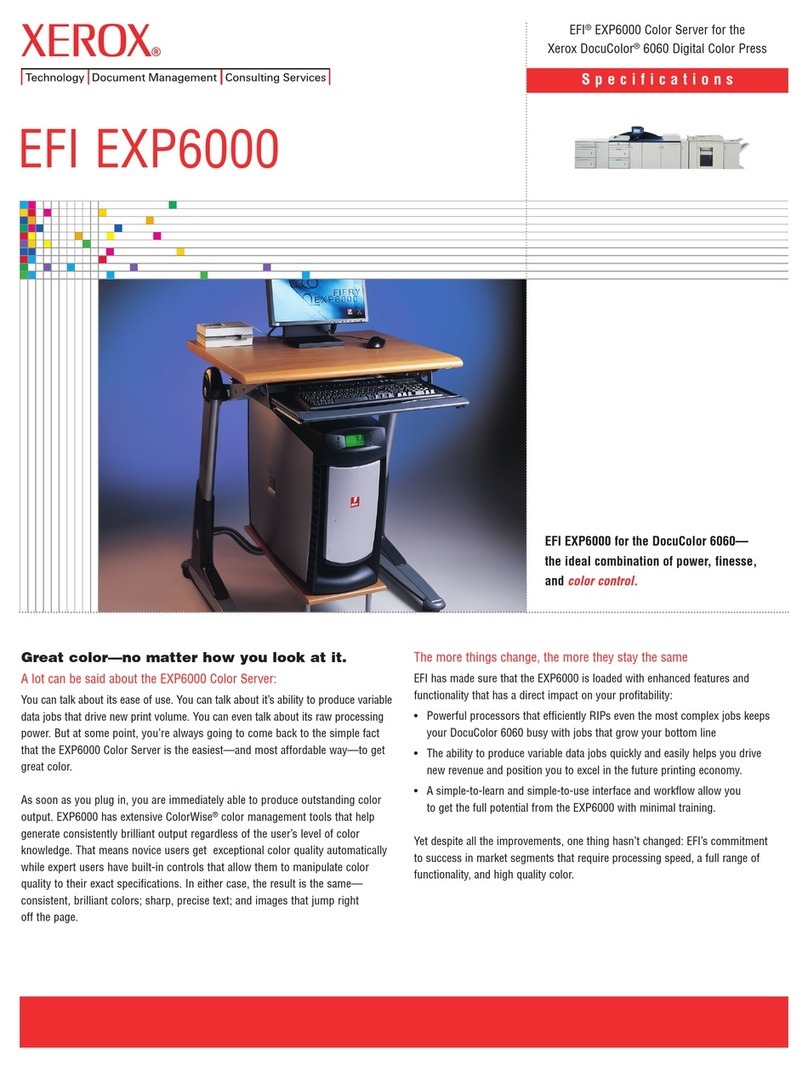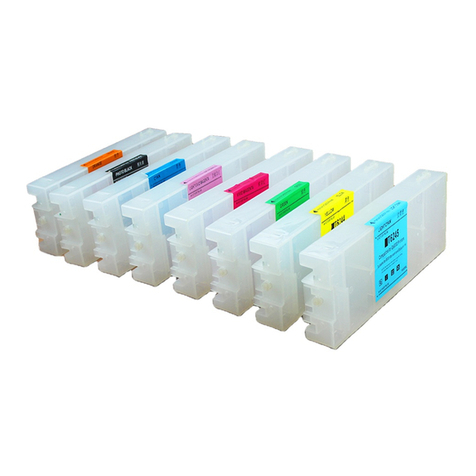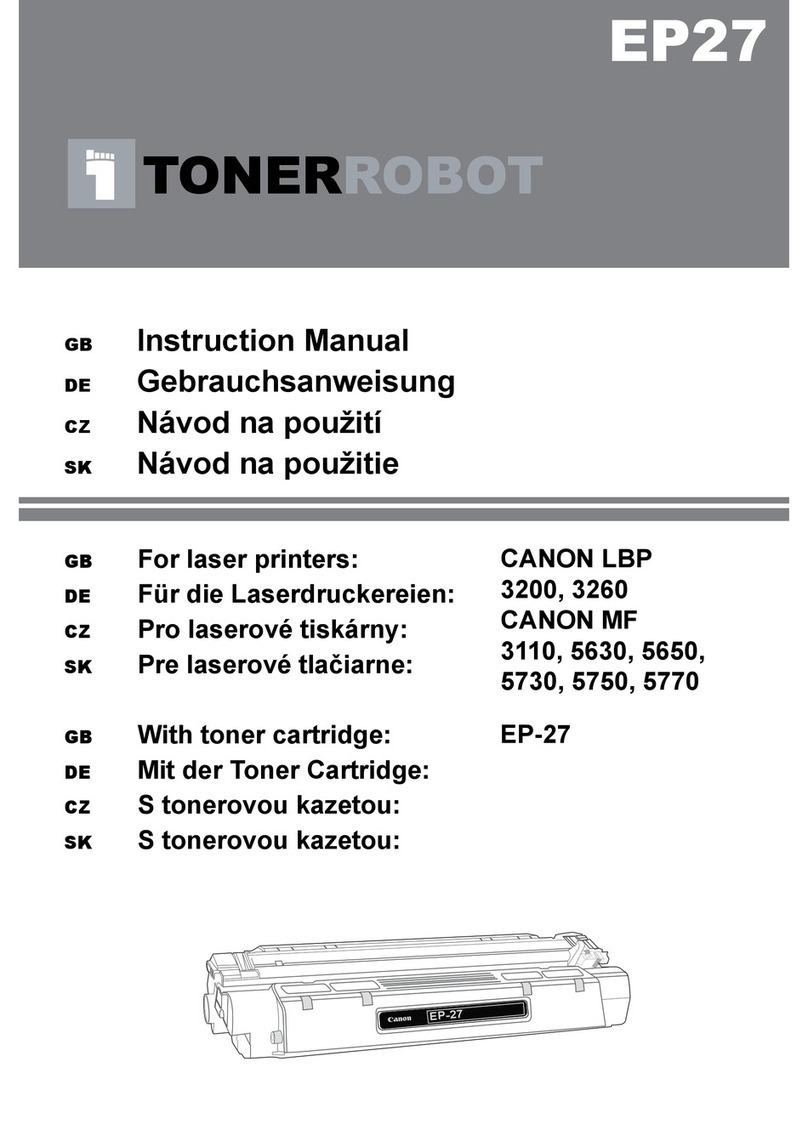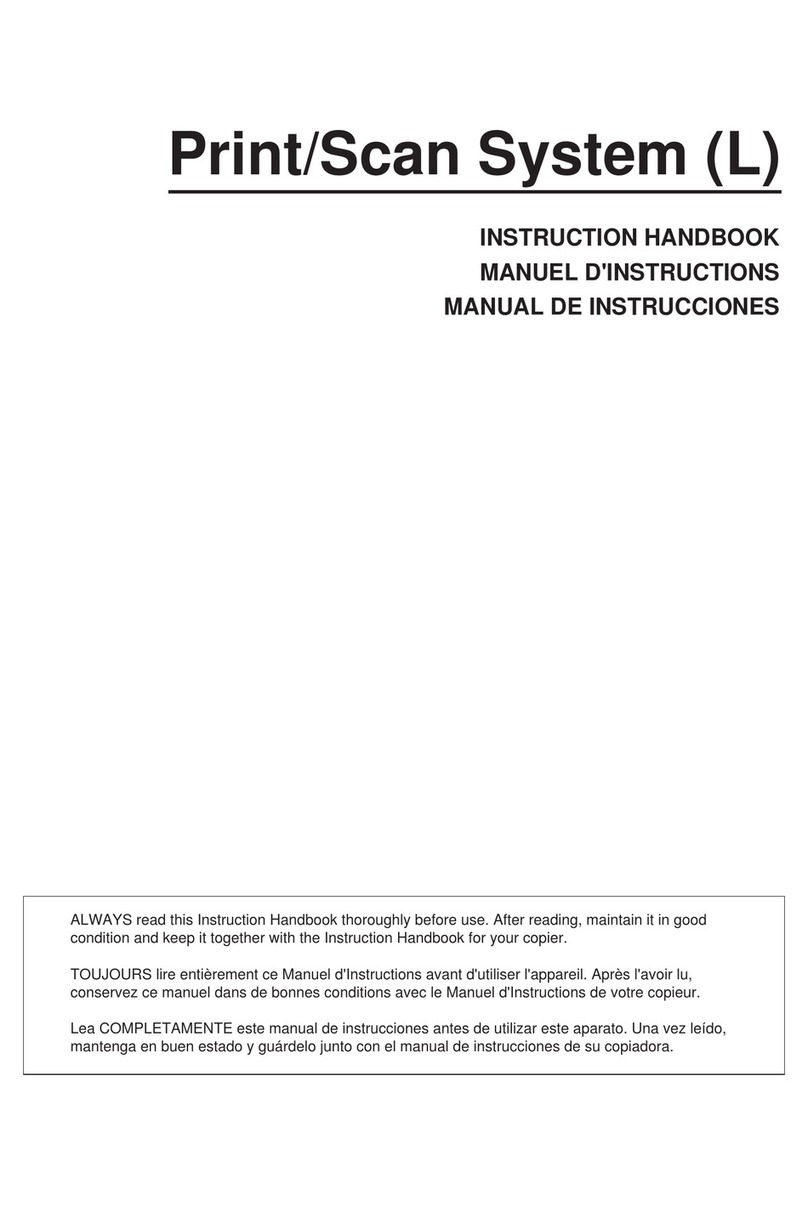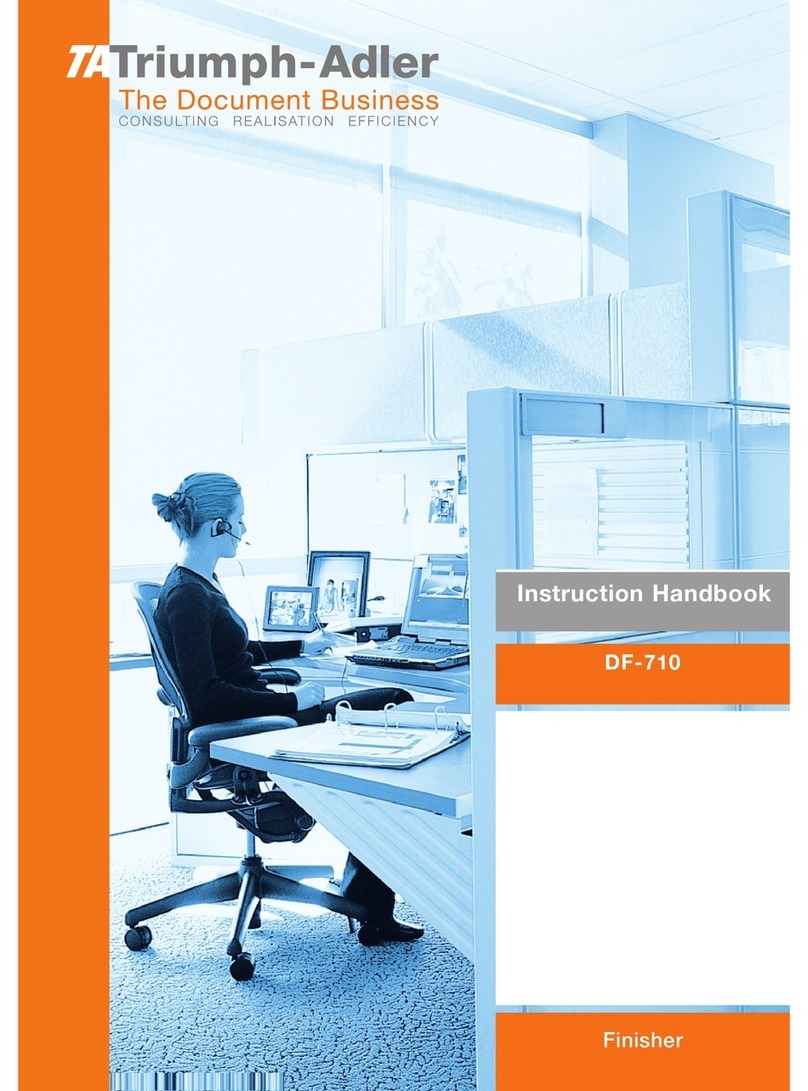
1
Contents
SOLJET™ and ECO-SOL INK™ are trademarks of Roland DG Corporation.
Other company names and product names are trademarks or registered trademarks of their respective holders.
Copyright© 2003 Roland DG Corporation http://www.rolanddg.com/
Contents ...........................................................................................................................1
To Ensure Safe Use ......................................................................................................... 2
About the Labels Affixed to the Unit ......................................................................................................4
Pour utiliser en toute sécurité ........................................................................................5
À propos des étiquettes collées sur l'appareil.......................................................................................8
1. Getting Started ............................................................................................................. 9
1-1 What's the HU-600/500/501?........................................................................................................10
Features ..................................................................................................................................................................................................10
Installable Combinations .......................................................................................................................................................................10
Recommended Ink .................................................................................................................................................................................10
1-2 Installation and Transport.............................................................................................................. 11
Installing the Heater Unit on the Printer ...............................................................................................................................................11
About the Power Supply........................................................................................................................................................................11
When Moving the Printer ...................................................................................................................................................................... 11
1-3 Part Names ...................................................................................................................................12
2. Using the Heater Unit ................................................................................................15
2-1 Switching the Power On and Off...................................................................................................16
Switching On the Controller..................................................................................................................................................................16
Switching Off the Controller .................................................................................................................................................................16
2-2 Loading Media...............................................................................................................................17
About the Ambient Temperature During Heater Use ...........................................................................................................................17
Points to Observe When Loading Media ..............................................................................................................................................17
2-3 Printing and Cutting.......................................................................................................................18
Printing ................................................................................................................................................................................................... 18
Cutting/Printing and Cutting .................................................................................................................................................................19
2-4 What to Do If ... .............................................................................................................................20
3. Other Information.......................................................................................................21
3-1 Daily Maintenance.........................................................................................................................23
3-2 Additional Menus on the Printer ....................................................................................................23
3-3 Specifications ................................................................................................................................24
Heater Unit Specifications.....................................................................................................................................................................24
Printer Specifications When the Heater Unit Is Installed ....................................................................................................................24
ENGLISH
